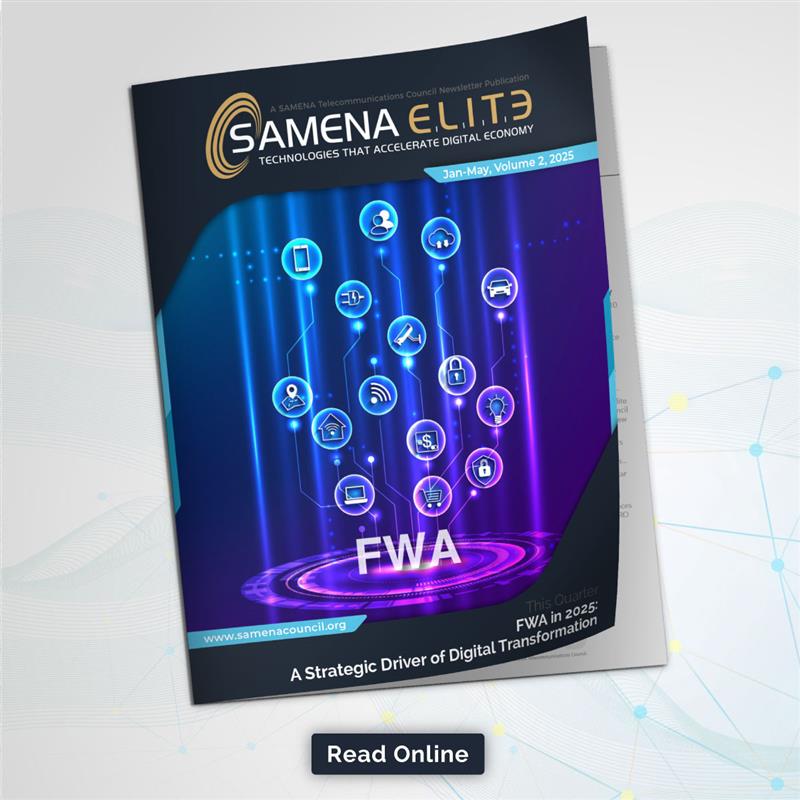The Malaysian Communications and Multimedia Commission (MCMC) has identified the 700 MHz, 3.5 GHz and 26/28 GHz as the pioneer spectrum bands for the roll-out of 5G in Malaysia, in light of the rapid development of the global 5G ecosystem and deployment.
In a statement today, MCMC said the 700 MHz and 3.5 GHz bands are being considered for allocation to a single entity comprising a consortium formed by multiple licensees, instead of individual licensees.
“The MCMC will undertake a tender process for this purpose. This approach is intended to lower the capital expenditure by minimising costs and prevent the duplication of infrastructure, at a time where improvements in 4G networks are continuing,” the statement said.
As this is a new approach, MCMC will only make available 2x30 MHz of the 700 MHz band and 100 MHz of the 3.5 GHz band. The remaining frequencies of these bands will be considered for assignment at a later stage.
The assignment of the 26/28 GHz bands will be conducted in two methods. The 24.9 GHz to 26.5 GHz frequency bands will be assigned through a tender process (beauty contest) to licensees on a nationwide basis, while the 26.5 GHz to 28.1 GHz frequency bands will be assigned on a first-come-first-served basis and will be open to any party (including non-licensees) for the purpose of deploying localised and/or private networks, the statement said.
“The assignment for the above-mentioned spectrum bands will be made by way of apparatus assignment (AA). The MCMC anticipates that the appropriate spectrum fee through AA is more economical, and will encourage network deployment by the service provider. Cost savings can be passed on to businesses and consumers to ensure a better value of affordable services,” said MCMC.
The statement said once the assignment processes are completed, MCMC expects commercial deployment of 5G in Malaysia to begin by the third quarter (Q3) of 2020.
This is consistent with the deliberations in the National 5G Task Force that was established since November 2018 and comprised of 114 organisations from the private sector, ministries and agencies representing the demand and supply side of the ecosystem, the statement added. — Bernama
